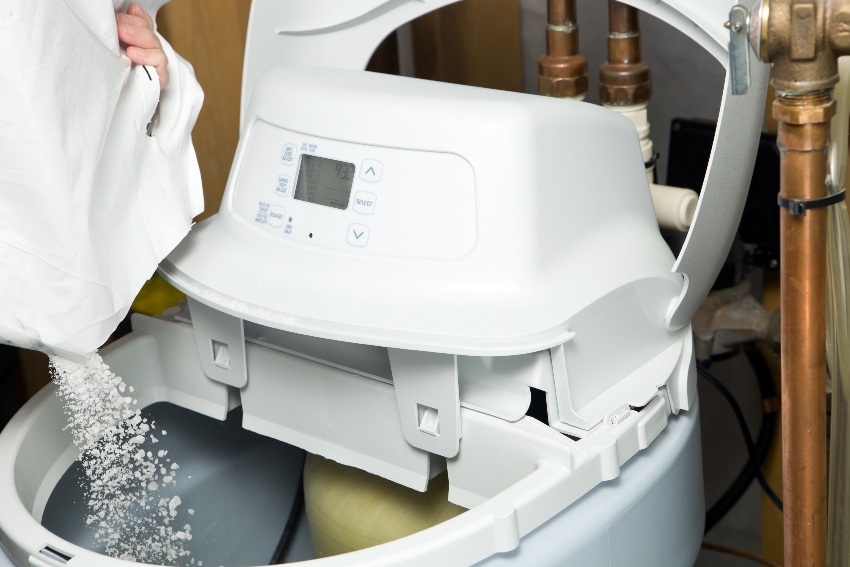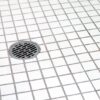Maintaining Your Water Softener’s Performance

Unfortunately, your water softener doesn’t come with a check engine light when it’s time for a tune-up. The state of your water softener lies in your hands, but don’t worry, we have a cheat sheet. Continue reading our blog for water softener maintenance tips to keep your system in great shape.
Check Salt Levels
Correct salt levels will keep your water soft and your unit functioning well. The salt should fill up about half of the tank and be approximately three inches above the water level. For exact levels for your unit, refer to your water softener manual. A great rule of thumb for any new water softener owner is to check the levels once a week to familiarize yourself with the system’s salt usage.
Use the Correct Salt
It’s not a one stop shop when it comes to purchasing salt for your water softener. The salt options can leave you feeling flustered and uncertain. Contact the professionals at Robillard Plumbing if you have any questions about what type of salt your water softener needs.
Break up Salt Bridges
Salt can build bridge-like layers in your softener and keep the loose salt from mixing into the water. Luckily, this is an issue you can usually resolve on your own. Take a broom handle and break up the hardened salt or pour hot water over it to loosen the salt bridge.
Clean the Tank
Before cleaning out the tank, first shut off the bypass valve to prevent water intake. Then, empty the tank by dumping out or siphoning water. Next, mix dish soap with two gallons of water to scrub out the inside of your tank. Once your tank is rinsed and dried out, replace salt and water in the tank and then wait a few hours before turning on the bypass valve. Keeping your tank clean will ensure the water is being softened and salt blockages are not forming.
Clear out Salt Mushing
Although salt mushing sounds like a fictitious issue, it’s real. When salt dissolves and recrystallizes, it can form a layer of sludge at the bottom of the salt solution tank. The mush will eventually clog the well and cause major issues down the road. Regularly check the bottom of your tank and scoop out the sludge or break it up with a broom handle.
Don’t Overfill
Less is more when it comes to softener salt. Filling your tank with extra salt may sound like a time saver, but trust us, it will lead to trouble. Excessive salt will encourage salt bridges to form and prevent your water softener from functioning properly. Humidity can also make salt dissolve slightly and then bond the crystals together again, causing blockages. If salt stands in the same place for days, the pieces bond together and form a crust that will inhibit the salt on top of it to be used.
Routine water softener care will keep your unit in pristine shape for many years to come. Robillard Plumbing offers professional water softener installation and repairs, along with a full range of plumbing services and products. If any questions or concerns should arise, be sure to Contact Robillard Plumbing.



